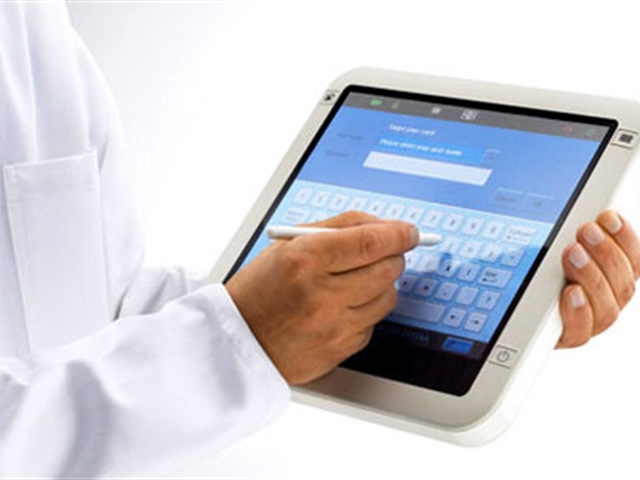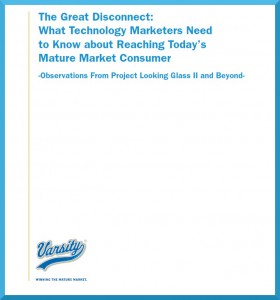 The first impressions of health information technology (HIT) – including electronic health records (EHR) and electronic medical records (EMR) – was that it held great promise for improving healthcare quality and safety, along with reducing the costs of providing care in the post-acute or long-term care setting.
The first impressions of health information technology (HIT) – including electronic health records (EHR) and electronic medical records (EMR) – was that it held great promise for improving healthcare quality and safety, along with reducing the costs of providing care in the post-acute or long-term care setting.
The last time we covered HIT, and specifically EHR in the senior living industry, several multi-campus communities had already made the switch into the paperless realm.
Some preliminary data from LeadingAge and Ziegler‘s jointly commissioned LZ 100 survey shows that 79% of the largest LeadingAge members currently have an EHR system in place and plan to increase their investment over the next 12 months.
Note that we said largest.
Despite the advantages of EHR adoption for the long term care facilities using them and payers, the systems don’t come cheap, and costs vary depending on the type of system being deployed.
The study noted that, under a Software as a Service (SaaS), where a provider contracts directly with an EHR/EMR vendor for an annual service charge, implementing the technology could cost nearly $260,000 for a 25-bed facility over a period of five years. A third party-hosted solution would cost the same facility $254,279, while an in-house solution would ring in at more than $355,000 for the same five-year period.
Add to this the fact that EMR and point of care solutions can place a strain on a community’s current IT infrastructure, and require new measures to be put in place for security and access.
The benefits of going “paperless” are well-documented. EMR systems have a direct effect on positive outcomes, staff efficiency, the virtual elimination of medication errors, increased face time with residents and family members, and yes, cost savings.
As assisted living and skilled providers begin partnering with hospitals and other care providers in Accountable Care Organizations (ACOs), it will become more important to be able to move data seamlessly between those organizations, as well as provide hard data showing that they’re providing quality care.
MARKETING INSIGHT: For smaller facilities, adopting an EHR system remains cost prohibitive, and the likelihood of widespread adoption in the next three to five years remains low. Clearly, policy initiatives, programs and financing options must be put into place.
Those who are on the fence about such systems should consider the following:
- Being seen as thought leaders with state-of-the-art technology;
- The federal mandate requiring all healthcare facilities to have electronic health records;
- The ability to align with an ACO or become a preferred destination for post-acute therapy;
- Marked improvements in quality, efficiency and effectiveness of care;
- Improvements to the quality of documentation; and
- Reduced the paperwork for employees.
